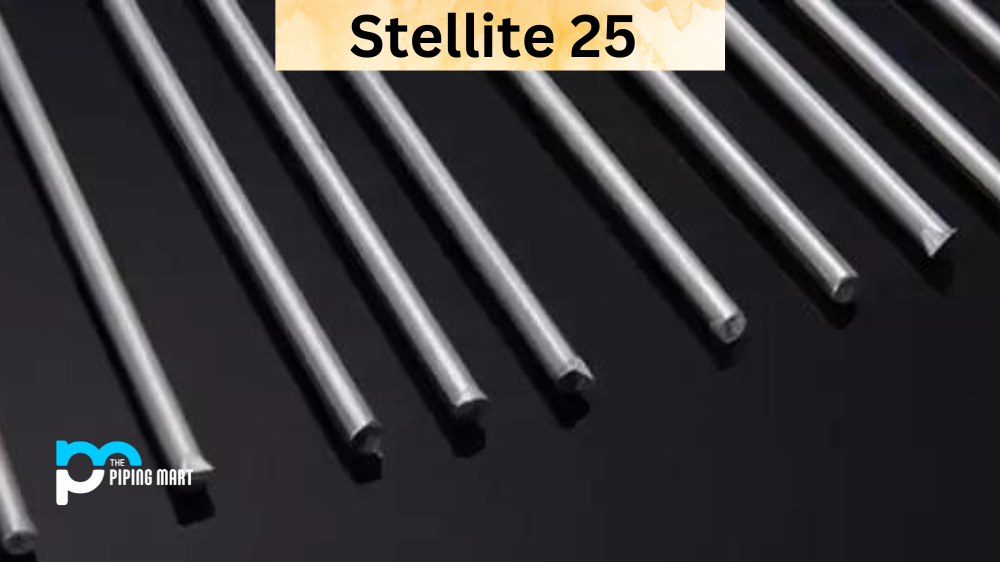Aluminium 1445 is a popular material used in many industrial applications due to its strength and durability. Its mechanical properties, chemical composition, physical properties, heat resistance, corrosion resistance, and use for welding and machining make it an ideal material for a wide range of applications. Let’s take a look at the specifics of this versatile metal alloy.
Composition
AL 1445 is an aluminium-magnesium-silicon alloy that contains small amounts of copper, chromium, iron, manganese, nickel, titanium and zinc. The combination of these elements gives this alloy its strength and durability.
| Element | Content (%) |
|---|---|
| Aluminum, Al | 99.45 (min) |
| Copper, Cu | 0.05 |
| Manganese, Mn | 0.05 |
| Magnesium, Mg | 0.05 |
| Zinc, Zn | 0.05 |
| Titanium, Ti | 0.03 |
| Silicon, Si + Iron, Fe | Remainder |
Chemical Properties
The high magnesium content (1%) gives grade 1445 excellent corrosion resistance in marine environments as well as good weldability. It also has good electrical conductivity and thermal conductivity. The silicon content (0.6%) provides improved workability when compared to other aluminium alloys.
Physical Properties
Alloy 1445 has an ultimate tensile strength of 394 MPa (58 ksi) and a yield strength of 310 MPa (45 ksi). It has excellent formability and ductility with low density (2.7 g/cm3) making it an ideal choice for applications that require light weight components such as aircraft or automotive parts. This alloy also has great machinability due to its low thermal expansion coefficient which helps reduce distortion while machining it.
| Properties | Metric | Imperial |
|---|---|---|
| Density | 2.6-2.8 g/cm3 | 0.0939-0.1011 lb/in3 |
Mechanical Properties
Aluminium 1445 is a highly sought-after material for engineers. Its combination of strength, durability and lightness makes it an ideal choice for the construction of everyday items such as automotive parts, machine components and frames. Due to its unique molecular composition, Aluminium 1445 has superb mechanical properties which are essential when welding, cutting or bending the material. As a result, this grade of aluminium is often employed in complex engineering projects where tight tolerances must be maintained. Aluminium 1445’s performance also makes it an excellent candidate for applications that demand precision and reliability over time.
| Properties | Metric | Imperial |
|---|---|---|
| Elastic modulus | 70-80 GPa | 10152-11603 ksi |
| Poisson’s ratio | 0.33 | 0.33 |
Equivalent
- AMS 4011
- ASTM B373
- ASTM B479
- QQ A-1876
Uses
Aluminium 1445 is a zinc-aluminium alloy, prized amongst manufacturers and producers alike for its strength, corrosion-resistance, high-strength and ductility. Its uses are numerous. In the automotive industry, it is used to make brake calipers, mounting brackets and suspension components; in the aircraft industry, it can be seen in instruments panels, fuel tanks and bulkheads; marine applications include the manufacture of propeller shafts and decking; finally, it is ideal for military use due to its resistance to a wide range of environmental and chemical conditions. Aluminium 1445 truly offers versatile and reliable manufacturing advantages recognized by almost all industries.
Machining
Aluminium 1445 machining is used to create complex and detailed parts efficiently and accurately. It involves advanced cutting techniques to obtain the exact desired results. The process requires a highly skilled technician with an in-depth understanding of the software, tools, and equipment involved. Every step must be completed with finesse as mistakes can cause costly production losses or additional rework. With superior accuracy, superb surface finish quality, and greater cost savings compared to other methods, aluminium 1445 machining is the preferred choice for creating components requiring close tolerances.
Heat Resistance
Aluminium 1445 can withstand temperatures up to 300°C (572°F). It is also resistant to oxidation when exposed to high temperatures which makes it suitable for use in applications that involve high heat such as exhaust systems or furnace linings. It can also be used in cryogenic environments thanks to its low melting point (-310°F).
Welding
Aluminium 1445 welding is a great choice for any project requiring the joining of lightweight metals due to its low melting point and light weight. It has proven durability, making it suitable for a variety of uses including welding thin aluminum items such as boats, food containers and fences. Additionally, this type of welding can also be used for certain repairs on auto parts as well as for constructing parts of aircrafts or other vehicles. The aluminium 1445 welding procedure can take anywhere from minutes to hours depending on the application, but it is important to note that the result should have a smooth joined surface with an even width along its length. With proper care and attention, welding projects completed with aluminium 1445 will last long and serve you well.
Corrosion Resistance
Aluminium 1445 offers excellent corrosion resistance due to its high magnesium content which forms a protective oxide layer on the surface when exposed to air or water.
Heat Treatment
The alloy can be heat treated using various methods such as solution treatment or precipitation hardening depending on the desired end result. Heat treatment will improve the mechanical properties such as tensile strength and yield strength by increasing hardness without compromising ductility or formability.
Conclusion
In conclusion, Aluminium 1445 is an ideal material for many industrial applications thanks to its combination of strength, durability and corrosion resistance coupled with its low cost and ease of fabrication. Its ability to withstand extreme temperatures from cryogenic conditions up to 300°C (572°F), along with its excellent machinability make it suitable for a wide variety of uses ranging from aerospace parts to automotive components and more! With all these advantages combined in one package, it’s no wonder why so many industries turn to this versatile metal alloy time and time again!
Meet Heer, a dynamic and driven writer learning tricks of her trade in the metal industry. With a background in Digital Marketing, Heer brings a unique perspective to her writing, sharing valuable insights. Apart from blogging she like reading and hiking.




